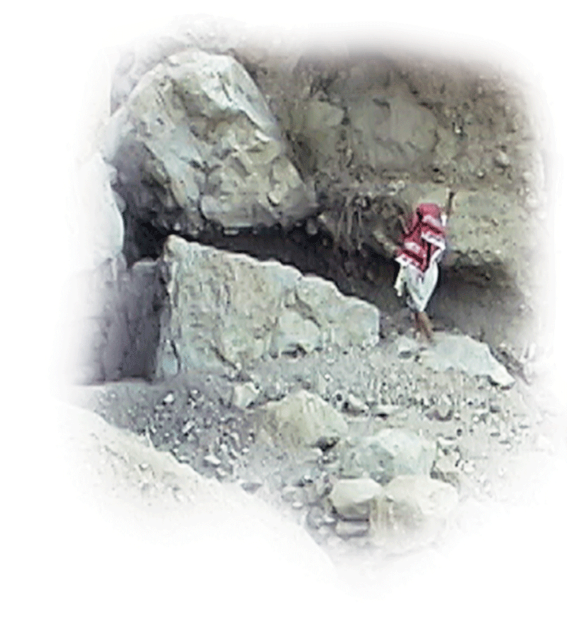“For there is nothing covered that will not be revealed, and
hidden that will not be known.” (Matthew 10:26)
CHAPTER ONE
The Discovery of the Dead Sea Scrolls.
What was found at Wadi Qumran?
In late 1947, a young Bedouin shepherd looking for a lost goat peered into the dark recesses of a small cave on the shores on the Dead Sea and discovered the oldest biblical scroll fragments ever found. The cave where the shepherd’s initial discovery was made is located on the western side of the northern tip of the Dead Sea, about eight miles south of Jericho in Israel.
Over the next several years, a total of ten other caves were found that had scrolls and scroll fragments in them; however, few were intact. Most of them were found in small pieces--over 15,000 of them! The finds can best be described as a giant jigsaw puzzle with many of the pieces missing or too decayed to read. It took years to determine that these discoveries represent a library of over 900 documents, with as many as 350 separate works in multiple copies. Most of these documents are copies of the Jewish scriptures and copies of other known non-canonical books of Jewish religious writings. Pieces of all of the Hebrew books of the Bible were found with the exception of the book of Esther. In addition to these writings, there were copies of property deeds; calendars of Temple priest work schedules; horoscopes; unknown psalms; commentaries on biblical books; a copper treasure map document; and finally, several fascinating scrolls that describe an additional set of laws for the Jewish children and their priests. These additional documents are the main focus of our study.
Most of the caves in which scroll fragments were found are clustered together within a short walking distance of each other. Next to these caves, archeologists uncovered ancient ruins of a small village with multiple buildings and an elaborate water gathering system. The ruins are believed to be communal living areas, including a dining hall, kitchens, bakeries, a workshop, sleeping areas, water cisterns, and possible ceremonial baths. Besides the buildings, the excavators also found inkwells, tables, benches, pottery, and coins. Close to these ruins is a large graveyard with over eight hundred graves. Because this site is located next to the Wadi Qumran, a dry watershed valley, the area became known as Qumran.
Most of the archeologist, paleontologists, and scientists who studied the items found in the caves and the ruins believe the scrolls are from the late second century BC time period. A scholar from the University of Chicago performed carbon dating tests that dated the scroll wrapping material at 33 AD, plus or minus 200 years. Comparisons of the hand writing styles of the scrolls and tombs of the time period narrowed the dating to the late second century BC. Excavation reports of the ruins site found that the village was inhabited at least twice- once during the Bronze Age (3300–1200 BC) and later during the late Second Temple period (516 BC–70 AD). Nothing found at the site or in the caves indicates activity after 70 AD, the year the Romans destroyed the Temple in Jerusalem.
With these facts in mind, before we begin our examination of the unique scrolls found at the Qumran site, let’s quickly look at the brief history of the men responsible for their composition.

